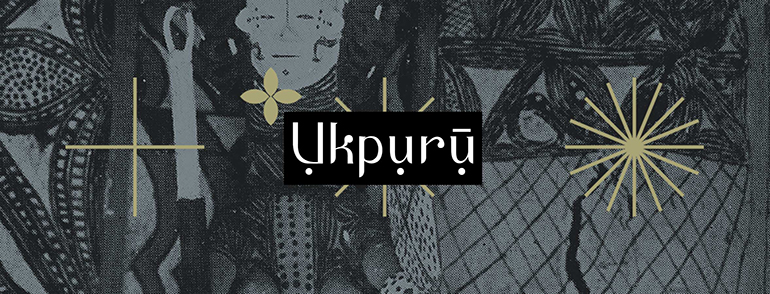 “Paquito de Cabo Verdo Portuguese Slave Brig captured by the Boats of HMS Scout on the 11th Jany 1837 in the Bonny River. She had mounted 2 18 Prs with a Crew of 35 men and 576 slaves on board.” – National Maritime Museum, Greenwich, London.
“Paquito de Cabo Verdo Portuguese Slave Brig captured by the Boats of HMS Scout on the 11th Jany 1837 in the Bonny River. She had mounted 2 18 Prs with a Crew of 35 men and 576 slaves on board.” – National Maritime Museum, Greenwich, London.
“Captain Bailie, commander of the slave-ship Carter, writing to his owners in Liverpool from the River Bonny, Africa, on January 31st, 1757, reveals the method sometimes resorted to by slave-captains to compel the native chiefs to trade with them. He says:—
"We arrived here the 6th of December, and found the Hector, with about 100 slaves on board, also the Marquis of Lothian, of Bristol, Capt. Jones (by whom I now write), who was half slaved, and then paying 50 Barrs, notwithstanding he had been there 3 months before our arrival. I have only yet purchased 15 slaves at 30 and 35 Barrs; but as soon as the bearer sails, I propose giving more; for at present there is a dozen of our people sick, besides the two mates, some of whom are very bad, and I have been for these last 8 days in a strong fever, and frequently insensible. Yesterday morning I buried Thomas Hodge, and on the 13th James Barton. Capt. Nobler of the Phoenix arrived here the 3d, and on the 19th our trade was stopt (as it had often been before) ; upon which we all marched on shore to know the reason and applied to the King thrice, though he constantly ordered himself to be denied, and wou’d not admit us. However, we heard his voice in doors, and as he used us so ill, we went on board, and determined (after having held a Council), to fire upon the town next morning, which we accordingly did, in order to bring them to reason, but found that our shot had little effect from the river, upon which we agreed that the Phoenix and the Hector shou’d go into the Creek, it being nigher the town, whilst Captain Jones and I fired from the river. The Phoenix being the head-most vessel went in, and the Hector followed about a cable’s length astern. The Phoenix had scarce entered the Creek before they received a volley of small arms from the bushes, which were about 20 yards distant from the ship, and at the same time several shot from the town went through him, upon which they came to anchor, and plied their carriage guns for some time ; but finding there was no possibility of standing the decks, or saving the ship, he struck his colours, but that did not avail, for they kept a continued fire upon him, both of great and small arms. His people were thrown into the utmost confusion, some went down below, whilst others jumpt into the yaul which lay under the ship’s quarter, who (on seeing a number of canoes coming down to board them) desired Capt. Nobler to come down to them, which he at last did, as he found the vessel in such a shattered condition, and that it was impossible for him to get her out of the Creek before the next ebb tide, in case he cou’d keep the canoes from boarding him. With much difficulty they got on board the Hector, but not without receiving a number of shot into the boat. The natives soon after boarded the Phoenix, cut her cables, and let her drive opposite the town, when they began to cut her up, and get out her loading, which they accomplished in a very short time. But at night in drawing off some brandy, they set her on fire, by which accident a great many of them perished in the flames. The Phoenix’s hands are distributed amongst the other three ships, and all things are made up, and trade open, but very slow, and provisions scarce and dear.” The Marquis of Lothian was afterwards taken and carried into Martinico.“— Gomer Williams (1897). History of the Liverpool privateers and letters of marque with an account of the Liverpool slave trade. pp. 481–482.






